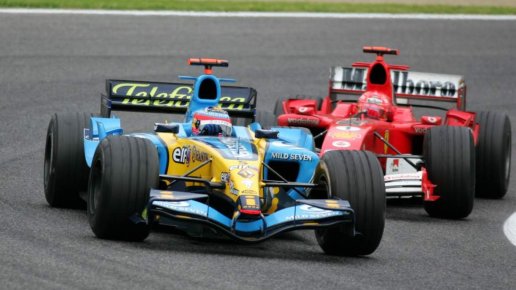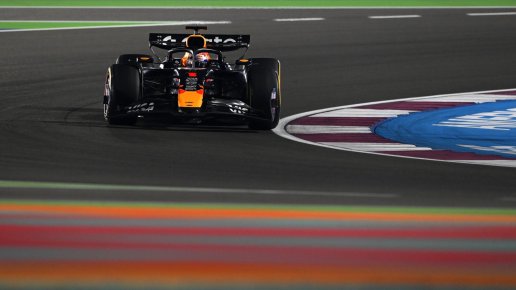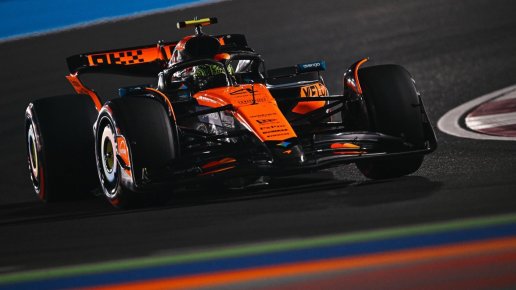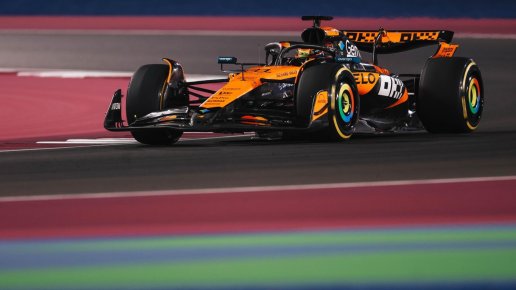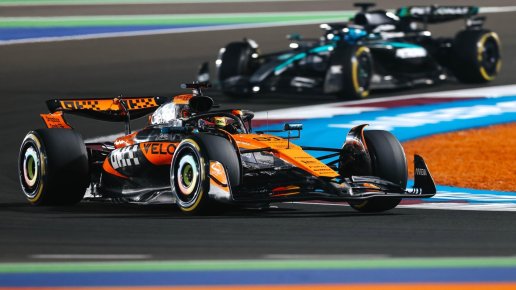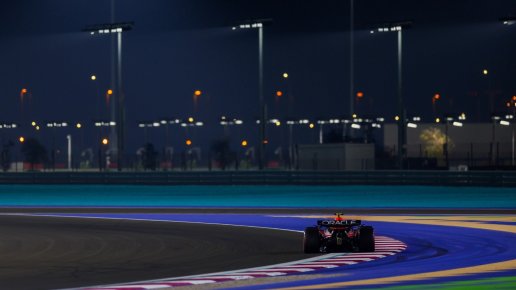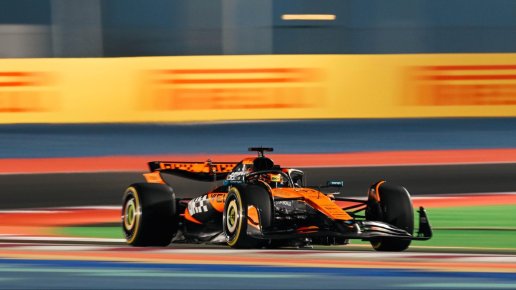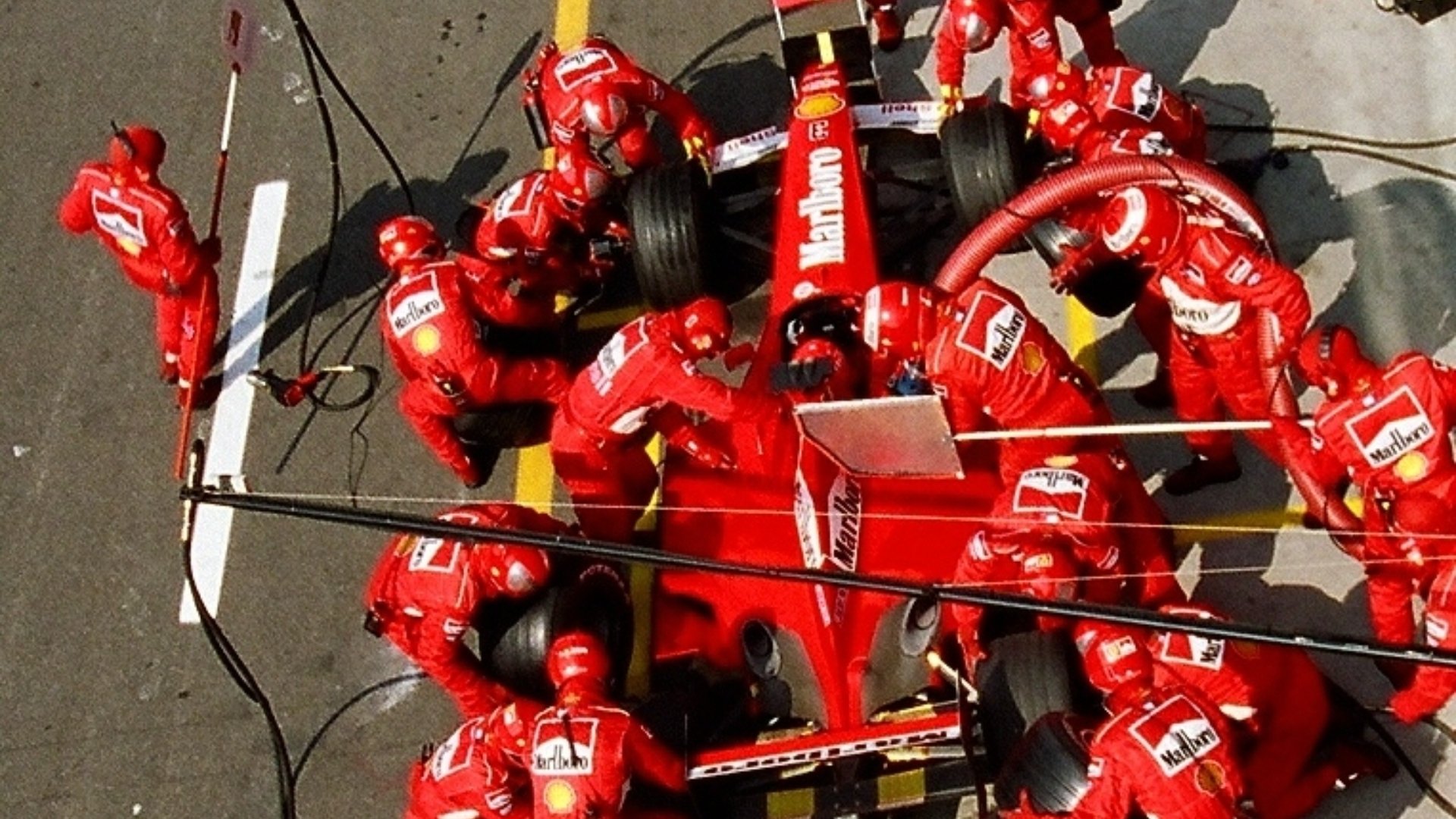
Photo: Paddy Briggs/Public Domain
Michael Schumacher’s 25th anniversary: The day Ferrari’s drought ended at Suzuka

Exactly 25 years ago today, Michael Schumacher secured his first World Championship title with Ferrari.
F1 & MotoGP news to your inbox every day.
On 8 October 2000, Michael Schumacher crossed the finish line at Suzuka and punched the air with both fists. He had done it after five long and frustrating years as Ferrari won World Drivers' Championships again. For Schumacher, it was the third title of his career, but it meant far more than the two he had won with Benetton. This was the moment that fulfilled his promise to restore Ferrari to glory, and it marked the start of one of the most dominant eras in motorsport history.
The context: five years of heartbreak
When Schumacher joined Ferrari in 1996, Scuderia had not won a Drivers’ Championship since Jody Scheckter in 1979. The team was still iconic, but its reputation was tarnished by years of mismanagement, poor reliability, and constant internal politics. Schumacher’s decision to leave Benetton, where he had just won back-to-back titles, was viewed as risky, even reckless.
But Schumacher believed Ferrari could be rebuilt. He brought with him trusted figures from Benetton, including technical director Ross Brawn and chief designer Rory Byrne. Together with team boss Jean Todt, they began transforming the Maranello outfit into a modern, structured and efficient team. The goal was clear: win both championships for Ferrari.
Progress came steadily. In 1997, Schumacher fought Jacques Villeneuve for the title until the final race, before being disqualified from the championship for their controversial collision in Jerez. In 1998, he pushed Mika Häkkinen and McLaren all the way to Suzuka but lost out due to a poor start and a puncture. In 1999, a broken leg at Silverstone ended his title hopes mid-season. Ferrari still took the Constructors’ title, but Schumacher’s dream remained unfulfilled.
By 2000, patience was running thin, not just among fans, but also within Ferrari itself. The Tifosi were desperate for a champion in red. Schumacher had to deliver.
The season-long duel with Häkkinen
The 2000 Formula 1 season quickly turned into another epic fight between Schumacher and Häkkinen, two drivers at the height of their powers. The Ferrari F1-2000 was fast and reliable, while McLaren’s MP4/15 was slightly quicker over one lap but fragile in races.
Schumacher started the season with three straight victories in Australia, Brazil and San Marino, immediately seizing the initiative. But the middle part of the year was turbulent. Engine failures, collisions, and bad luck at Monaco, France, and Austria allowed Häkkinen to close in. The McLaren driver then produced a masterful run of wins. Notably his emotional victory at Spa, where he famously overtook Schumacher and backmarker Ricardo Zonta in one breathtaking move and the title fight was back in balance.
Before the Suzuka race, Schumacher held an eight-point lead in the championship. The equation was simple: a victory in Japan would secure him the world title.
Suzuka 2000: the decisive showdown
Suzuka has always been a driver’s circuit: fast, flowing, and unforgiving. Schumacher and Häkkinen both loved it, and their duel that weekend was a fitting finale to a classic season.
Schumacher took pole position with a lap of 1:35.265, only 0.009 seconds quicker than Häkkinen. The stage was set for a straight fight. The tension was enormous.
When the lights went out, Häkkinen made the better start and led into Turn 1. Schumacher settled into second, keeping the pressure on. The race quickly developed into a strategic duel between McLaren and Ferrari.
Both drivers were on two-stop strategies. In the opening stint, Häkkinen built a small gap of around two seconds, but rain clouds began to gather. A brief shower midway through the race changed the grip levels, and Schumacher used the opportunity to push harder.
At the second round of pit stops, Ferrari’s strategy team, led by Ross Brawn, made a decisive call. They kept Schumacher out for a few extra laps after Häkkinen had pitted, giving him clear air to push. Schumacher delivered one of the best laps of his career, followed by a flawless pit stop from the Ferrari crew. When he rejoined the track, he had taken the lead.
From there, Schumacher never looked back. Lap after lap, he maintained total control, while Häkkinen could do nothing but follow. When the chequered flag fell after 53 laps, Schumacher’s margin was 1.8 seconds – small on paper, but emotionally enormous.
The release of emotion
Schumacher screamed into the radio: “We did it! We did it!” as tears filled his eyes. His long-time race engineer Luca Baldisserri and Ross Brawn could barely speak. The entire Ferrari garage erupted in celebration.
After climbing from the car, Schumacher climbed onto the podium and waved to the sea of red-clad fans, many of whom had travelled from Italy to Japan. His victory ended 21 years of waiting for Ferrari and transformed the team’s modern identity overnight.

